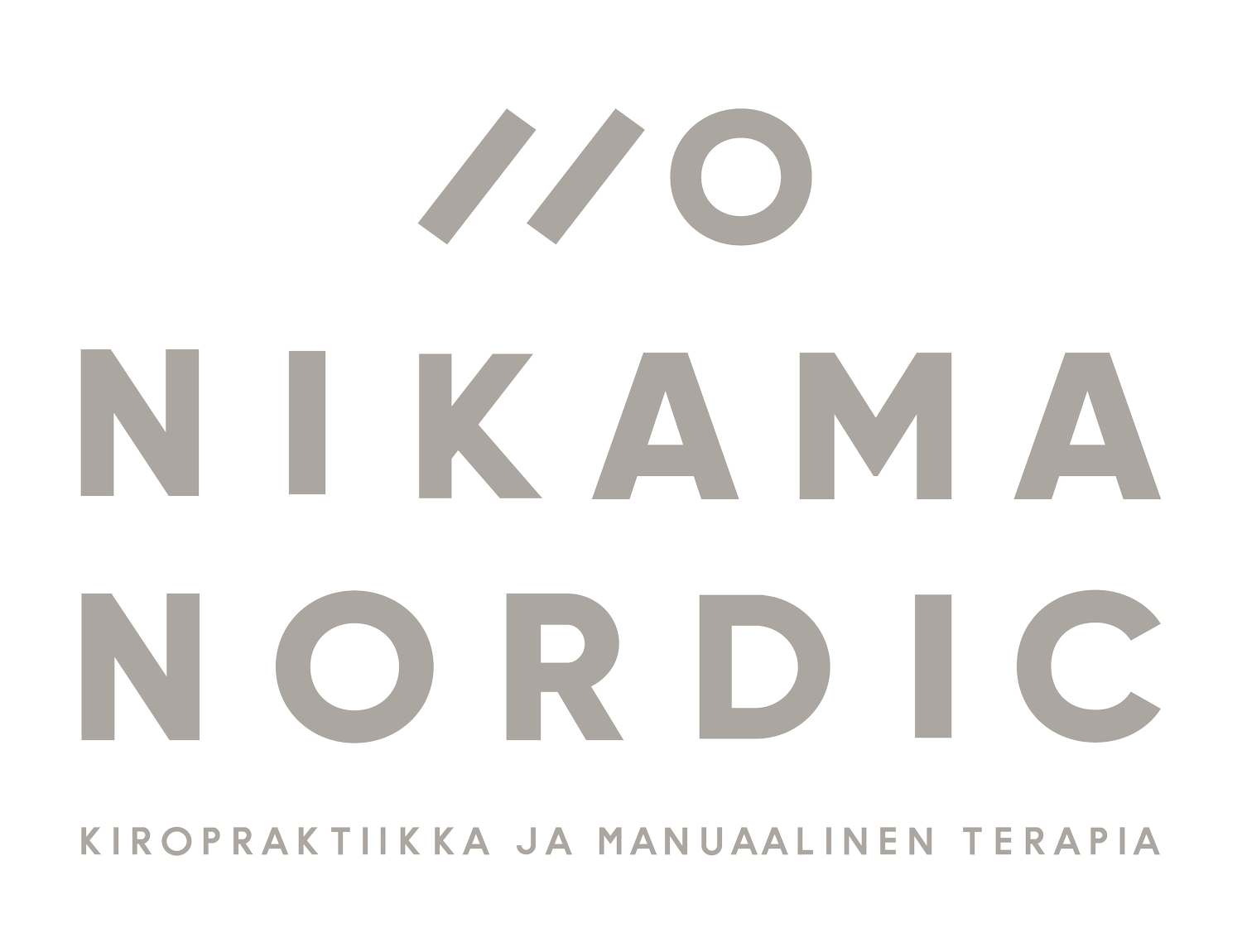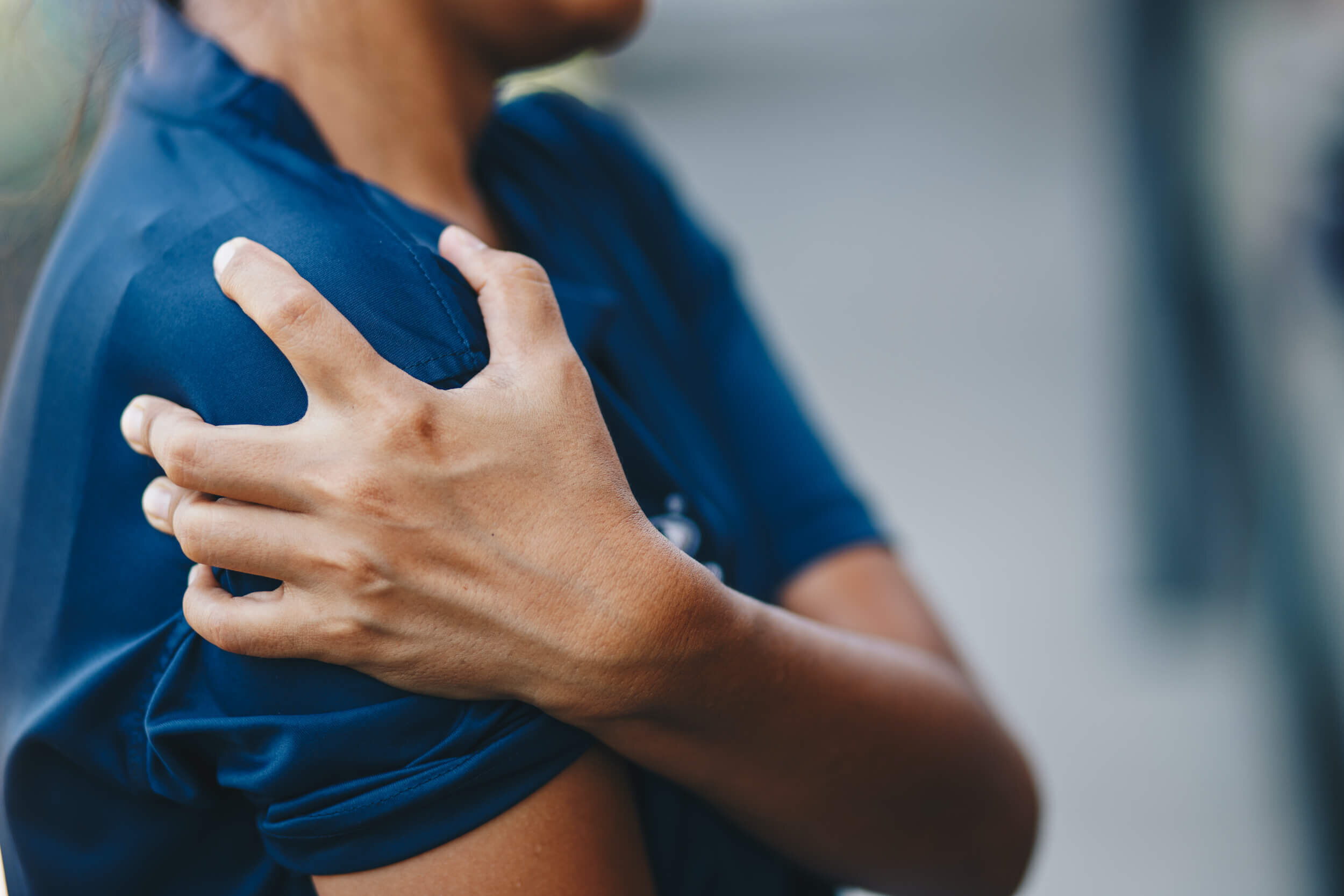Shoulder pain and rotator cuff syndrome
In GENERAl
The shoulder joint is one of the most mobile joints in human body and its movement consists of movement produced by three joints: the glenohumeral joint, the acromioclavicular joint, and the sternocostal joint. In addition, the functionality of the shoulder joint is also determined by the gliding action of the fourth "joint", formed by the scapula (shoulder blade) and the rib cage. Due to the large range of motion of the shoulder joint, it is more susceptible to a dysfunction and a variety of painful conditions which are common among the population.
Common traumatic injuries to the shoulder joint include dislocations of any of the associated joints, and fractures of the upper arm, clavicle and scapula. Traumatic shoulder injuries are commonly seen in contact sports in young people, and after falls among the elderly.
Other common problems in the shoulder area include:
rotator cuff syndrome
adhesive capsulitis (frozen shoulder)
bicipital tendinopathy
calcific tendinopathy
impingement syndrome
subacromial bursitis
Rotator cuff syndrome is one of the most common painful shoulder conditions in people over the age of 40. According to some estimates, rotator cuff syndrome occurs in approximately 30% of the population, and more often targets the person’s dominant side. Symptoms can begin for example as a result of a strain injury, but often symptoms begin without an identified cause or specific injury. It is thought that the problem is due to a combination of internal (e.g. tendon characteristics, age, shoulder loading) and external factors (e.g. anatomical or biomechanical impingement).
Typical symptoms include:
Pain in the shoulder that can refer down the upper arm.
Shoulder pain that worsens during overhead movements and at night time.
Limited range of motion
Feeling of tightness
Weakness with shoulder movements or actions
Predisposing and risk factors
(not limited to rotational cuff syndrome)
Repeated overuse
Poor shoulder and scapular mechanics and function
Poor posture
Throwing and other sports with repeated overhead activity e.g. tennis
Occupational stress with repeated overhead work e.g. painter
Anatomical narrowing between the acromion and shoulder
Older age
Treatment of rotator cuff syndrome
The goal of treatment is to reduce pain and restore the normal movement and function of the shoulder. Conservative treatment is typically always the first line of treatment, and surgery is recommended only after an unsuccessful period of conservative treatment or in the case of a severe tendon rupture. Common treatments that may provide short and/or long-term help in addressing the problem.
Cold/cryotherapy therapy
Pharmacological treatment (analgesics and NSAIDs)
Cortisone injection
Acupuncture or dry needling
Low level laser therapy
Extracorporeal shockwave therapy
Manual therapy (consisting of)
thoracic mobilization/manipulation
mobilization of the scapula and shoulder joint
soft tissue treatment of the affected areas
home instructions and therapeutic exercises, which aim to reduce harmful loading and increase shoulder function
Rehabilitative exercises (aiming to improve)
the quality of movement and range of motion
scapula and shoulder position
thoracic mobility
muscular endurance e.g. core, rotator cuff muscles
Sources:
Abat F, Alfredson H, Cucchiarini M, Madry H, Marmotti A, Mouton C, et al. Current trends in
tendinopathy: consensus of the ESSKA basic science committee. Part I: biology, biomechanics, anatomy and an exercise-based approach. Journal of experimental orthopaedics. 2017;4(1):18. Available from: https://www.ncbi.nlm.nih.gov/pmc/articles/PMC5449348/
Factor, D. and Dale, B., 2014. CURRENT CONCEPTS OF ROTATOR CUFF TENDINOPATHY.
International Journal of Sports Physical Therapy, 9 (2), 274-288.
Haslerud, S., Magnussen, L. H., Joensen, J., Lopes‐Martins, R. A. B. and Bjordal, J. M., 2015. The Efficacy of Low-Level Laser Therapy for Shoulder Tendinopathy: A Systematic Review and Meta-Analysis of Randomized Controlled Trials. Physiotherapy Research International, 20 (2), 108-125.
Lewis, J., McCreesh, K., Roy, J.-S. and Ginn, K., 2015. Rotator Cuff Tendinopathy: Navigating the Diagnosis--Management Conundrum. Journal of Orthopaedic & Sports Physical Therapy, 45 (11), 923-937.
Lipman, K., Wang, C., Ting, K., Soo, C. and Zheng, Z., 2018. Tendinopathy: injury, repair, and current exploration. Drug Design, Development And Therapy, 12, 591-603.
Littlewood, C., Ashton, J., Chance-Larsen, K., May, S. and Sturrock, B., 2012. Exercise for rotator cuff tendinopathy: a systematic review. Physiotherapy, 98 (2), 101-109.
Pohjolainen, T. 2018. Kipeä olkapää – kiertäjäkalvosinoireyhtymä. Available from:
https://www.terveyskirjasto.fi/terveyskirjasto/tk.koti?p_artikkeli=dlk01041&p_hakusana=kiertäjäkalvosin
World Health Organization. 2019. International Statistical Classification of Diseases
and Related Health Problems 10th Revision (ICD-10). Available from https://icd.who.int/browse10/2019/en

